Crane School

In the wild, just about everything a young crane does is learnt from the adult birds. By taking eggs and hatching them in captivity, there are no longer any adult birds to learn from – and so the project has to provide surrogate mums and dads for the young birds – all 20 of them!
These incredible parents come in the form of two dedicated bird-carers, Amy and Harry, who invest just about the same amount of care and effort as if they had 20 human babies of their own.
However – the real challenge comes in not only coping with all these hungry mouths – but in rearing them as wild birds. Cranes very quickly get accustomed to human contact – and particularly if reared from eggs – and it is all too easy to rear twenty tame, pet cranes each year. However - if these were released they would simply not be able to cope with the rigours of life in the wild.
In order to make 'wild' birds, everything Amy and Harry do, from the moment of hatching, needs to be done in a special costume that disguises the human form. The young birds imprint on the costume and accept it as mum or dad – but if they see a human form out of costume – they react as a wild bird would. It is incredibly important that they do not get used to being around people, and so they are being reared in a very quiet part of the Slimbridge WWT site.
Slimbridge WWT has undertaken three years rearing captive cranes through their popular Crane School, where visitors were able to dress up as crane parents and help rear the chicks. This has allowed the project to fine tune the expertise that will be required to hatch and rear cranes for release into the wild. Now that minimal human interaction is vital to the success of the project, the public Crane School has gone private.
The rearing process involves ensuring that the cranes end up fit, healthy, worldly wise and well adjusted to cope with their new life in the Somerset Levels and Moors.
You can follow the progress of the rearing...( when Amy and Harry get a minute! ) through Amy and Harry’s Blog page.
Or read on to find out what has been learnt from crane school 2007-2009
Hatching

Young chicks can be very aggressive to each other and are kept separately where they are provided with running water, plenty of food, warmth from a beam of infra-red light and a puppet crane head.

First Steps

Intially the cranes are exercised alone, as they can still be aggressive towards one another. The young cranes grow incredibly quickly and it is vital that each individual gets enough exercise, otherwise their skinny legs will not be able to hold the ever increasing body weight! If any of the pupils gain a lot of weight, then they will be given extra excercise to make sure their muscles get stronger.
Daily Routine


8am: Each individual is weighed to make sure they have gained enough or have not been too greedy! Then they are allowed out into their separate runs to play. Each individual coop is then cleaned out as they do get very messy. The food and water is also replaced for a fresh tasty breakfast.
10am onwards: Exercise begins. Usually each individual has a 15-20 minute lesson both in the morning and in the afternoon, walking and running around outside. Foraging is encouraged by flicking food from a cranes head model into the grass for them to find.
5.00pm: The coops are cleaned and water/food changed again to make sure there is enough to see the cranes through the night. When they are still small, the runs are closed so they are inside for the night, just in case it rains. The downy feathers can't keep them waterproof and they would get chilled.
They are constantly played a Somerset soundscape soundtrack on a loop, to make sure that they hear many of the typical sounds they will encounter whilst on the Levels and Moors. This is a type of auditory conditioning and hopefully will go some way to helping ensure that they accept the Levels and Moors as their home.
Visit the Somerset Crane Soundscape page to listen!
Foraging and Swimming

They also need to have swimming lessons as they are very nervous about water at first. The young cranes will follow Amy or Roland as they wade into a pool that has been created within the paddock - once they get used to it they usually enjoy themselves!
Socialising and growing up!

Parts of the paddock are divided up in order to move individuals in together to see how they react to one another. These are kept small so that fights can be broken up and any bullying nipped in the bud.
At this age the cranes are now rather tall (nearly 3 feet!) and most are growing their proper feathers in place of down. This gives them a scruffy appearance but soon they will be fully feathered and looking very grown up indeed.

The last bit of the birds to loose their down is usually the head and tail, so they still all have very fluffy bottoms!
Graduation
At between 12 and 16 weeks old they are guided into carrying crates
and driven to the Somerset Release Enclosure ...The Crane Academy. Roland and Amy come with them and their training will continue for another six weeks or so.
Excercise is still very important for the birds but they will now be foraging over a 2ha enclosure with lots of tasty morsels of natural food available for them. Their time within this enclosure ensures that they build up an attachment to this area and that they start to feel like Somerset is their home.
Predator avoidance
Whilst in this enclosure, the cranes will be taught how to react to potential predators such as foxes.
This is done by a dog handler appearing with a fox-like terrier and the crane parents then diving for the safety of the water and playing adult alarm calls on a portable Mp3 player.
Release
This is the final stage in this part of the process...and a day that we will all rejoice - but really this just the beginning of their life as a truly wild birds, and the start of the future of this species in the South West of UK.
You can follow the updates of the progress of the chicks on the Latest News section and also visit WWT's crane school pages at - www.wwt.org.uk/craneschool2010.

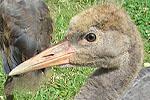 Red White Yellow
Red White Yellow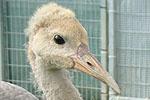 Red Blue Yellow
Red Blue Yellow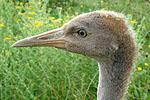 Red Green Yellow
Red Green Yellow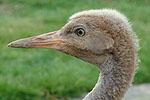 Red Black Yellow
Red Black Yellow White Red Yellow
White Red Yellow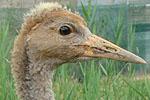 White Blue Yellow
White Blue Yellow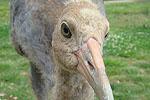 White Green Yellow
White Green Yellow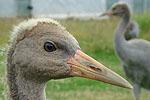 White Green Yellow
White Green Yellow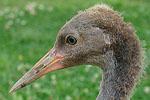 Blue White Yellow
Blue White Yellow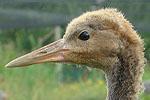 Blue Green Yellow
Blue Green Yellow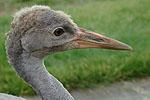 Blue Black Yellow
Blue Black Yellow Yellow Red Yellow
Yellow Red Yellow Yellow White Yellow
Yellow White Yellow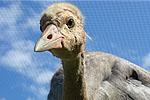 Sven
Sven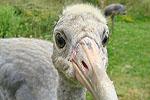 Yellow Green Yellow
Yellow Green Yellow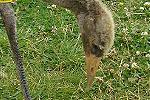 Yellow Black Yellow
Yellow Black Yellow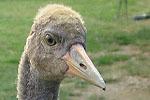 Green Red Yellow
Green Red Yellow Green White Yellow
Green White Yellow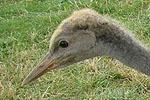 Green Black Yellow
Green Black Yellow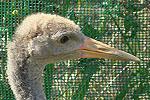 Frieden
Frieden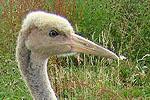 Black White Yellow
Black White Yellow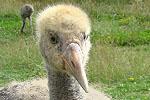 Black Green Yellow
Black Green Yellow